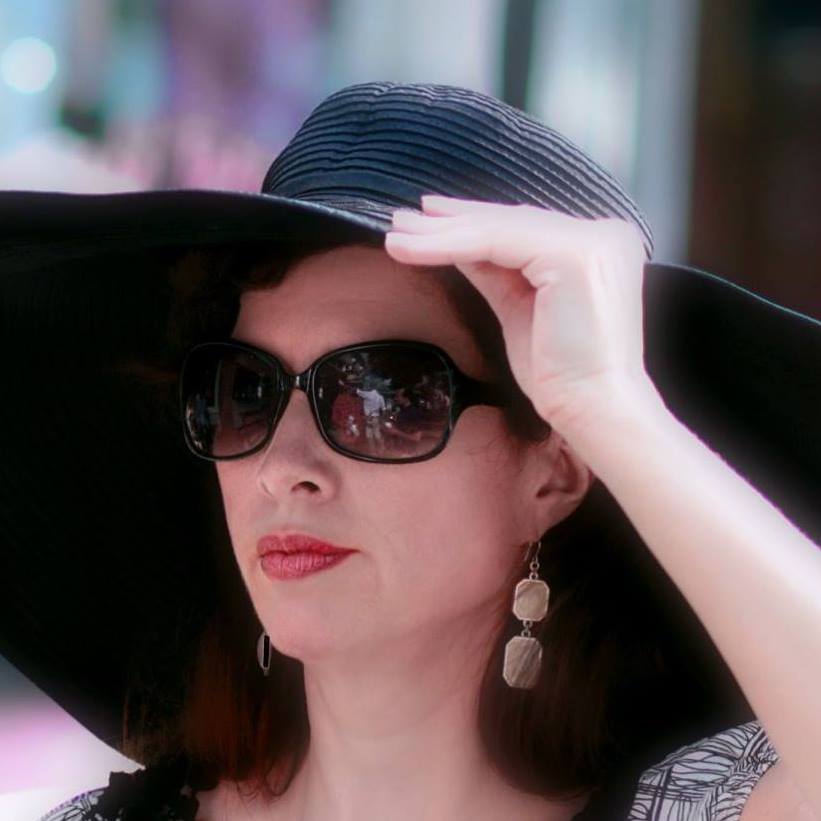The Council is working towards finalizing the City’s budget for 2006-07 (our fiscal year runs October 2006 to September 2007).
The way this works is, the City Manager provides the City Council with her proposed budget. The Councilmembers hold townhall meetings, listen to residents concerns, gather input, and then we submit and subsequently vote on any amendments on September 27.
This year, the budget is aligned with the City’s new strategic plan, and the budget was built from the ground up. There are also objective measurements for each and every program and project in the budget to determine whether that program is effective and efficient.
Right now, the City Manager’s budget would reduce the tax rate by .25 cent., to 73.92 cents. This would be the first tax cut in eight years, while increasing the amount spent on public safety by nearly $40M (to hire 100 new officers, purchase new police cars, get a new computer dispatch system, and hire more 911/311 operators).
Over the last month, I’ve held four townhall meetings to provide more information to residents about the proposed budget and get your input.
Based on your input, I joined with eight other councilmembers in proposing an additional tax rate reduction of one cent on top of the .25 cent reduction proposed by the Manager, resulting in a 72.92 cent tax rate. (Signators to the budget amendments include Dr. Elba Garcia and Ed Oakley who led the effort, myself, Pauline Medrano, Gary Griffith, Bill Blaydes, Linda Koop, Leo Chaney, and Don Hill.)
At the same time, due to a greater than expected sales tax forecast for next year, we were able to include several programs that had not been included in the Manager’s budget. For example, the anti-graffiti program that I have been working on over the last year was not included in the Manager’s budget. Based on the positive input I received from residents, as well as from those in the private and non-profit sectors, Gary Griffith and I proposed adding this important program so that we can comprehensively attack and eradicate graffiti in Dallas.
Other programs added include the ex-offender re-entry program, an additional community prosecution team, four additional animal control officers, enhanced neighborhood street-lighting at 60 locations, enhanced cross-walks/reflective pavement/road humps, new guardrails/pedestrian count-down signals in cross-walks, and increased DCTV funding and arts funding.
Please take a look at the proposed budget amendments and give me your feedback. The Council will have a budget meeting to discuss the amendments on Monday.
I had initially been troubled by the budget’s lack of funding for single-room occupancy units (SROs), which are integral to our plan to end chronic homelessness. Gary Griffith and I requested a briefing before the Quality of Life Committee to get more information about the city’s strategy to address homelessness. During that meeting, staff explained that more than $2M remains in the Homeless Assistance Center bond funds that are earmarked for SRO use. Those funds have not yet been tapped, and staff is working on getting more SROs built in Dallas. The bottom line is that this year, we’ve got SRO money available that’s not yet used, so we don’t need to put it in the budget. Next month, I will be meeting with City Manager Mary Suhm to discuss how we plan to include SROs in the following year’s budget (assuming the $2M in bond funds have been used).
Thanks again to everyone who attended my townhalls and who have been offering great suggestions on the budget. I appreciate your help and welcome your input!
